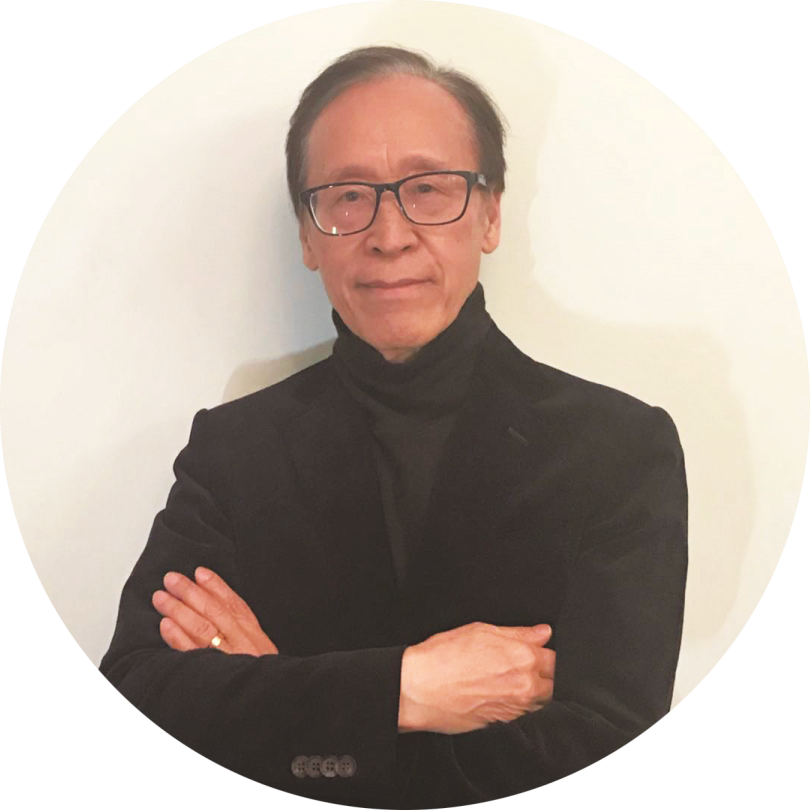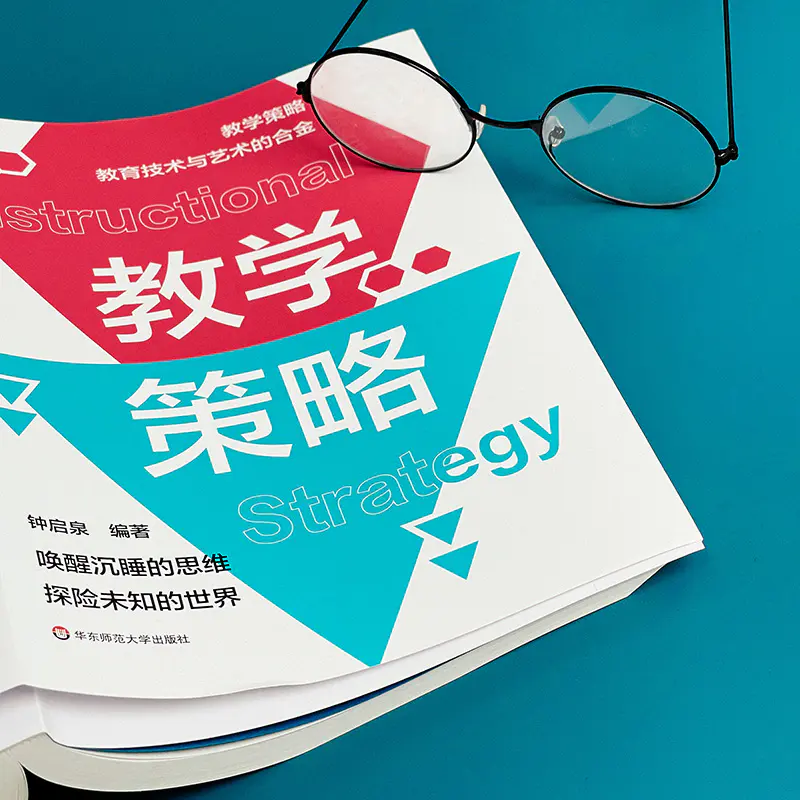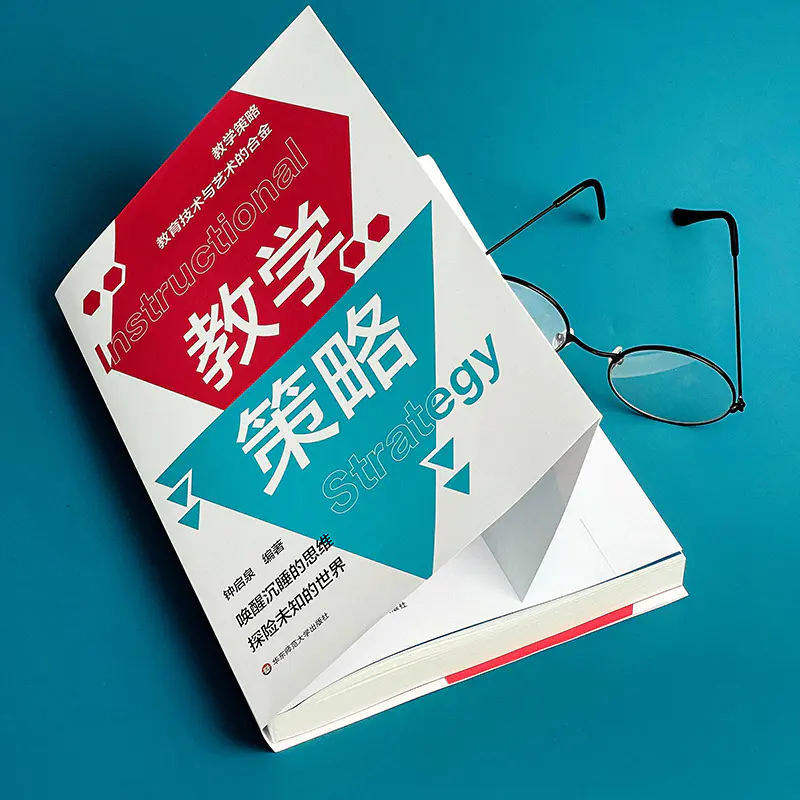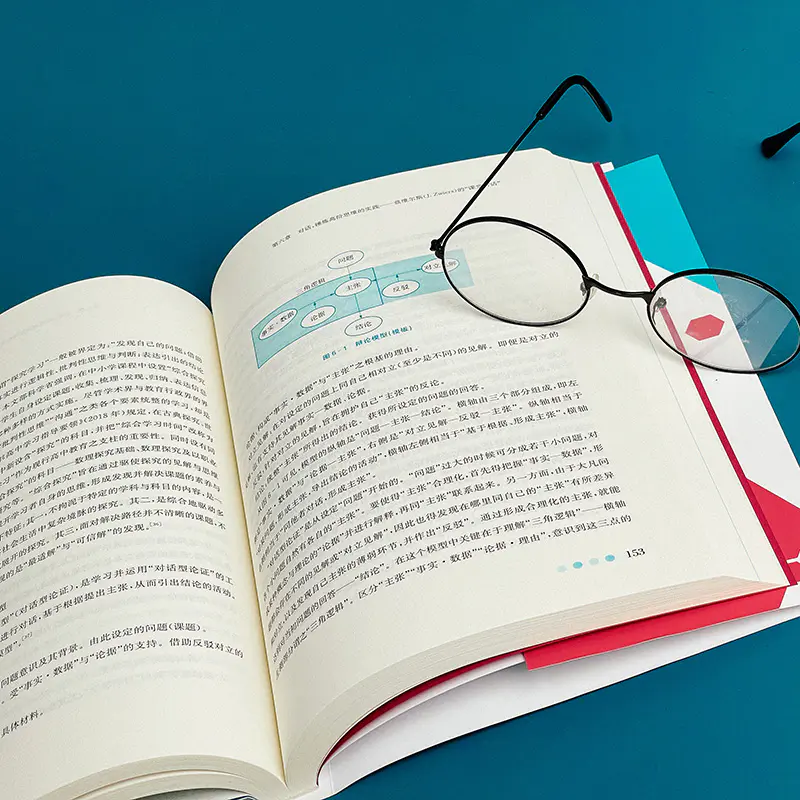ICI Academic║Professional Interpretation of Instructional Strategy by Professor Zhong Qiquan: Powerful Combination of Education Technology and Art
2023-09-13
Recently, a new book, Instructional Strategy, by Professor Zhong Qiquan, honorary director of the Institute of Curriculum and Instruction of East China Normal University, was officially published by East China Normal University Press.
Author

Zhong Qiquan, ECNU tenured professor, ECNU ICI honorary director, Member of the Academic Department of the Social Science Committee of the Ministry of Education (and convener of the Department of Education and Psychology of the Ministry of Education), member of the National Basic Education Curriculum Materials Expert Advisory Committee, member of the Teacher Education Expert Committee of the Ministry of Education
Brief Introduction
The so-called "learning" refers to children's experience reconstruction and self-renewal. In particular, when the community they belong to changes in the desired direction, we call it "growth". That is to say, "education" is an activity (interaction) that supports children's self-transformation toward happiness, and the various efforts and wisdom that activate this kind of learning are "teaching strategies".

This book explores the theoretical basis, challenging topics, and prospects of Instructional strategy research in the context of classroom transformation in the new century. It aims to provide ideological weapons for theoretical research on teaching strategies in China, and at the same time, it also provides fresh new experience for teachers in primary and secondary schools at home.
Introduction
01. Heuristic Education
The German existential philosopher, Karl Jaspers, discussed three models of education in "What is Education": scholastic education, education by a master, and maieutic education. The characteristic of the "scholastic education" model is the transmission of pure knowledge based on the rational tradition. It is undoubtedly important to correctly impart and receive solid knowledge, but it is necessary to remind what kind of experience this knowledge is formed through. Take Newton's law of gravity for an example, knowledge is discovered through repeated inquiry; knowledge often comes with its own history and specific context. However, true education is not only the transfer of knowledge. It is also a learning process rich in charisma that begins with encountering with great people and great deeds. It may be said that the skills of a master are passed down beyond the transmission of knowledge and skills. This is the second education model. The third model of "maieutic education" can also be called "Socratic education" . We need to reflect on these three educational models to re-examine school education. In addition to the function of transferring knowledge and skills, classroom teaching in schools also involves cultivating a sound personality and intellectual communication and sharing between teachers and learners. The perfect realization of all these educational functions depends on the research of high-quality teaching strategies.

"A collection of principles based on teaching objectives and steps to achieve them" is called "instructional strategy". An important topic in teaching research is to develop effective teaching strategies that are conducive to student learning. Of course, there is no one-size-fits-all strategy. Difference in teaching objectives, teaching content, and students naturally lead to different "teaching strategies." Methodological research that effectively carries out educational practice centered on school classroom teaching belongs to the category of teaching theory research. Concepts such as teaching "strategies" and "methods" are intertwined with educational concepts and teaching concepts. With the formation of modern countries, this research field expanded to include the study of school curriculum, the development of teaching materials and teaching aids, the study of psychology as learning and development, and even the study of teaching technology that analyzes the learning process. Today's research on school teaching and teaching strategies shows two common trends: first, seeking children's subjective learning; second, seeking the development of all children. People's learning and growth process is not linear. It may sometimes stagnate or sometimes regress. Its pace, speed, and direction also vary from person to person.
"Teaching strategies" are a beautiful combination of teaching technology and art. This is because the teaching strategy of "discussing how to teach" is a manifestation of using this skill to "educate people." The so-called "educating people" reflects the person's opinions, way of thinking, philosophy, and ideal state. In other words, it embodies the person's "view on education." Only talents have the possibility to realize creative educational technology, which is an educational technology as art. The iceberg model of teaching strategies can also be used to interpret this. The part above the water, the visible part, is the visible technology. However, the larger layer of ice beneath the surface is invisible. This larger part supports the part above the water. The invisible part under the water is the teaching strategy as art, the core of which is the teacher's educational philosophy and ideal educational model. That is to say, the "education view" with philosophical and ideal educational models serves as the inheritance and supports the upper "visible educational technology".
02. Inquiry Learning
It is generally believed that the term "inquiry" originated from Peirce, a representative figure of classical pragmatism philosophy in the 19th century. He advocated using "inquiry" as the driving force for the pursuit of truth, so that people can transform from a mental state of doubt and anxiety to unshakable belief. In his view, what is necessary for the activity of inquiry is that real doubt is enough to cause inner anxious confusion, and the only purpose of inquiry is to form opinions. "Inquiry-based learning" is characterized by "commonality" and "synergy". The so-called "commonality" refers to sharing the same fields and topics, while obtaining certain answers, and promoting the improvement of thinking; the so-called "synergy" refers to the fact that even if there are different opinions in the process of sharing, they also deepen their respective thinking and lead to the final solution to the problem. Later, Dewey, as the master of classical pragmatism, advocated the well-known five-step inquiry learning method - "situation-problem-hypothesis-inference-verification".

The essence of learning is "inquiry". Whether it is subject teaching or interdisciplinary teaching, as a learning method, it is also essentially "inquiry-based learning". The characteristics of "inquiry-based learning" are that, first, it emphasizes the systematization and structuring of knowledge based on learning subjectivity. Recent classroom teaching focuses on expressing thinking and using this expression to dialogue with others, which develop into a process of collaboration, thereby promoting each learner's conscious learning attitude. Second, it emphasizes what can be done. The so-called "subject literacy" refers to the development of "thinking, judgment, and expression" that goes beyond the mastery of individual skills. It points to the role of insights and thinking skills, and the ability to use specific tools in actual situations. From this point of view, the so-called "inquiry-based learning" is neither a simple physical exercise nor a solitary self-study, but refers to driving the body and mind, using tools, radiating will, and persevering in the process of inquiry to achieve the goal of learning.
In this way, the implementation of "inquiry-based learning" needs to meet three conditions: first, it should target complex situations in real life, rather than staying in the teaching and receiving of knowledge in specific disciplines and subjects; second, it should have a high degree of grasp of complex situations to explore the things and phenomena in the context, develop in-depth thinking, and integrate the basic concepts and thinking methods of various disciplines; thirdly, face the issues for which there is no single right solution, and pay attention to the discovery of the "optimal solution".
"Inquiry-based learning" is the basic demand for contemporary school reform. The "inquiry-based learning" model can be characterized based on the three elements of "academic ability" : "knowledge-skills", "thinking-judgment-expression" and "subjective learning attitude". These three elements complement each other and form "deep learning", that is, conversational and subjective learning. In its highest form, children become subjective participants in society, intellectual creators of subjectivity, and formulators of self-subjectivity. "Inquiry-based learning" helps students grasp the "three consciousnesses": knowledge - facing the rapidly changing society, they reflect on their own ignorance and focus on acquiring fresh knowledge. Understanding - When facing new knowledge, they seek in-depth understanding and clearly understand how you grasp this knowledge. At the same time, they constantly reflect and rebuild their own ways of cognition. Consciousness - Based on their own understandings, they develop healthy and enterprising spirits and carry out meaningful actions. The above three are complementary to each other and cannot be forcibly inculcated from the outside.
03. Constructing and Self-discipline
The Italian medieval poet Dante said: "People are not born like animals, but are born to pursue virtue and possess knowledge." Children's learning and growth are a process of constantly moving towards higher levels of initiative. Children are born with the tendency to take active actions with people, things and objects in the environment, and have a large number of emerging abilities. Children are born and will learn naturally without anyone teaching them. The interaction with the environment brought about by these abilities gradually deepen their specific understanding of surrounding things and phenomena, and at the same time they acquire effective ways of acting on various environments, and refines and expands them. This is the prototype of learning– “Inquiry-Based Learning”. For this reason, knowledge itself must be active. Not only is it easy to extract, but it can also be linked flexibly and diversely. Therefore, it is necessary to replace it repeatedly and constantly reconstruct the structure from several viewpoints. The memory of sporadic knowledge is fragmented and linear, and this memory is closed and rigid, making it difficult to form new combinations with other knowledge groups. In inquiry-based learning, the way knowledge is constructed has changed. It can support new and renewed knowledge groups with the help of strong thinking, structuring and flexible organizational replacement.

The so-called "self-discipline" means to conduct research independently. Specifically, it includes three components: "self-set topics", "inquiry supported by reflection" and "social participation". "Inquiry-based learning" requires the support of two skills: "critical thinking" and "metacognition". According to Ennis, "Critical thinking is logical, objective, and unbiased thinking, and it is reflective thinking that consciously ponders one's own inference process." According to this definition, "critical thinking" can be summarized into the following three key points: critical thinking is logical and rational thinking; it is reflective in-depth thinking that consciously ponders one's own thinking process; it is responsive to goals and context, and implement goal-oriented thinking. To properly play the role of critical thinking, one must calmly grasp the current problem situation in line with one's own and ordinary people's cognitive characteristics. This is "metacognition". "Metacognition" is about cognition (perception, memory, thinking, etc.), which can be roughly divided into two types. The first is to discover one's own cognitive state (monitoring), set and modify goals (control), which is called "metacognitive activity"; the second is "metacognitive knowledge" accumulated through continuous experience and learning. Activating the role of "metacognition" in excellent inquiry-based learning is indispensable. "Metacognition" is not easy to acquire even for adults. It requires various tools, which are called "thinking tools". In inquiry activities, not only do we need to draw on our own experiences to think, but we also need to draw on experiences derived from various communications, including language-based agency experiences, to develop representations with certain social meanings. Children use this representation to understand the world and prepare for the possibility of subsequent experience. The so-called "education" refers to the conscious social behavior that forms this social representation. Children as learning subjects do the same in all life situations. They play the role of this representation to accept, change, and interpret the stimulation of representation. How children activate the subject's spirit in various inquiry activities such as observing, reading, and retrieving the Internet is the key to changing "passive learning" into "active learning." When promoting inquiry-based learning, we should not only focus on the learning context of knowledge and skills, but also pay attention to stimulating learners' learning motivation and forming a learning structure and attitude.

Emerson, an American thinker and writer in the 19th century, pointed out that "human beings are self-reliant beings, and the so-called 'education' is to discover human potential. Help from others, compared with the natural discovery of the learner's own potential, is ultimately external. It’s just a mechanical effect. In this way, hands-on learning is a kind of pleasure, and its effect will be permanent.” This means that the so-called "learning" does not rely on the teacher's "teaching", but is based on the curiosity and independent behavior of the learner's own learning motivation. Creating a learning environment that embodies this principle and focusing on "teaching strategies" that are both technical and artistic are the compelling responsibilities of innovative teachers.